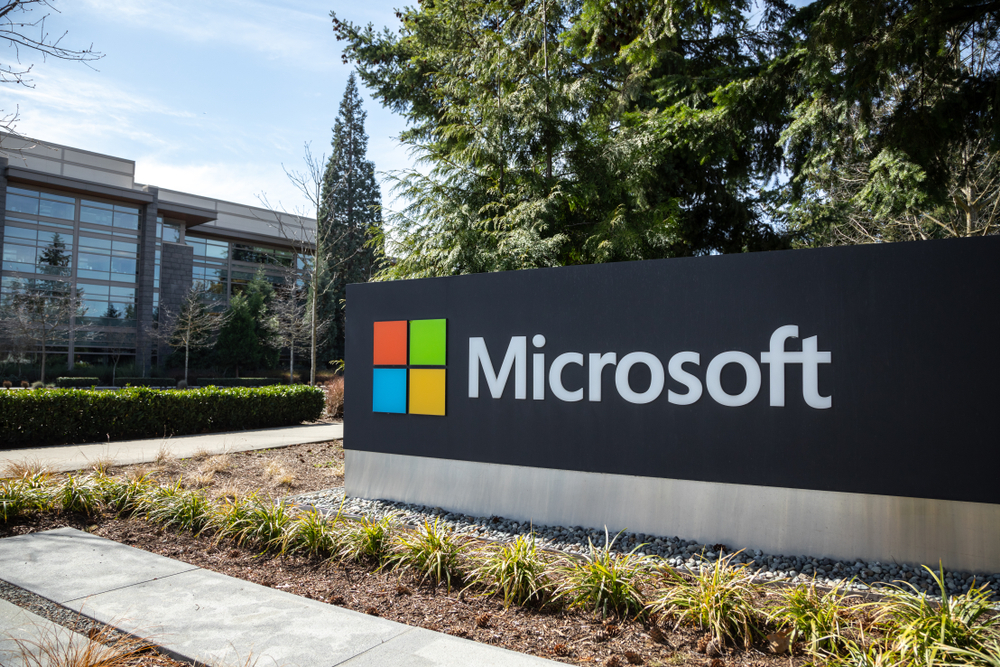Professional Services firms heavily rely on mergers and acquisitions (M&A) for growth, but inadequate back-office finance systems create significant roadblocks and delays, inflating risks and costs, according to new research from Unit4.
The first part of Unit4’s “The Back Office in 2025” study, conducted by Vanson Bourne, reveals the extent of the challenge. M&A activity is pervasive, with 81% of surveyed firms involved in acquiring (58%) or being acquired (48%) in the last five years. Despite this prevalence, integration lags significantly, with 86% of IT and finance leaders frustrated by longer-than-expected M&A processes. While the average integration time is eight months, one in five firms takes over a year.
This friction prevents firms from quickly capitalizing on deals. “Every professional services firm is laser-focused on growth and extracting value wherever possible, which means M&A is a strategic weapon in building more robust business models,” stated Bryce Wolf, Director of Strategic Growth, Unit4. “Unfortunately, IT and finance systems are hindering their ability to assimilate acquisitions quickly to realize value. It is essential that Professional Services firms address this limitation by modernizing their core back-office systems to remain competitive into the future.”
The study quantifies the top M&A hurdles. Key business concerns include “inconsistencies with financial data” (cited by 47% of respondents), “personnel changes and redundancies” (41%), and “stakeholder misalignment” (40%). Leading technical challenges involve effectively allocating “IT talent and resources” (44%), dealing with “incompatible finance systems” (43%), and overcoming a “lack of standardization of back-office processes” (42%).
These integration difficulties carry substantial risks. Respondents identified major potential impacts including “Increased cybersecurity risk” (44%), “Brand reputation damage” (37%), “Slower decision-making” (36%), and “Increased employee turnover” (36%).
Modernizing systems is presented as the solution. Respondents believe demonstrating “real-time financial insights” (cited by 45%), “streamlined and automated operational processes” (43%), and “operational scalability” (41%) significantly enhances a firm’s valuation during M&A.
To streamline integrations, firms prioritized “A focus on clear and transparent communication” (41%), implementing “Scalable & flexible cloud-based IT/business solutions” (39%), using “Streamlined financial tools and systems” (39%), and automating key processes (38%). The research concludes that focusing on data consolidation, system integration, and process automation is critical for navigating M&A successfully.
What This Means for ERP Insiders
Outdated back-office systems are a major M&A roadblock. The research clearly shows that incompatible finance systems (cited by 43% as a challenge) and a lack of process standardization (42%) significantly delay M&A integration (86% experience delays) and hinder value realization. Modernizing these core systems is not just an efficiency play; it’s crucial for successful M&A execution and achieving strategic growth objectives
Integration challenges directly impact business risk and performance. Delays and system incompatibilities aren’t just IT headaches. They translate directly into increased cybersecurity risks (44%), potential brand damage (37%), slower decision-making (36%), and higher employee turnover (36%). Investing in smoother technical integration is investing in mitigating these significant business risks.
Prioritize scalability, automation, and real-time data for M&A readiness. To both streamline integration and enhance firm valuation, focus technology efforts on achieving scalable cloud solutions (39% see as key for smooth transition), automating processes (38% prioritize), and enabling real-time financial insights (45% see as enhancing valuation). These capabilities are essential for quickly consolidating data, integrating operations, and demonstrating value during M&A.




